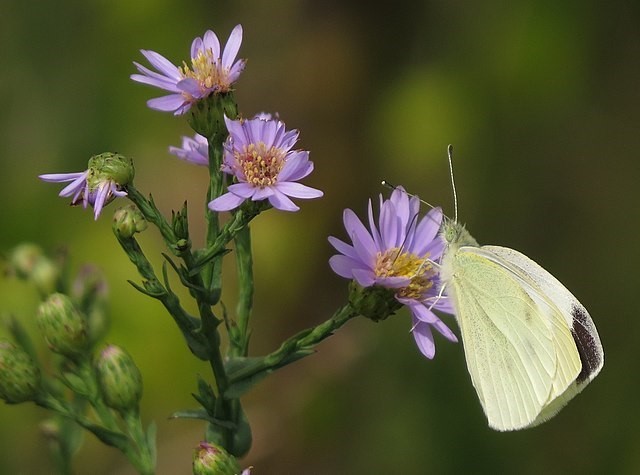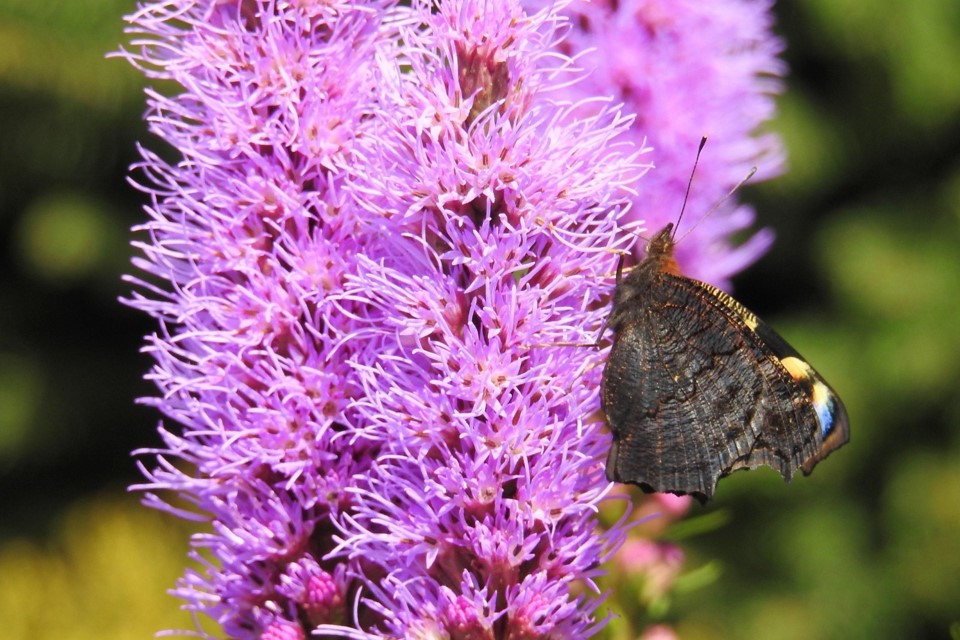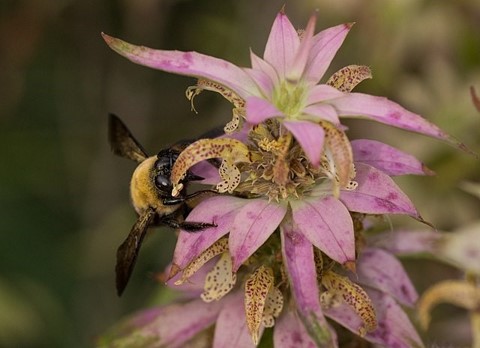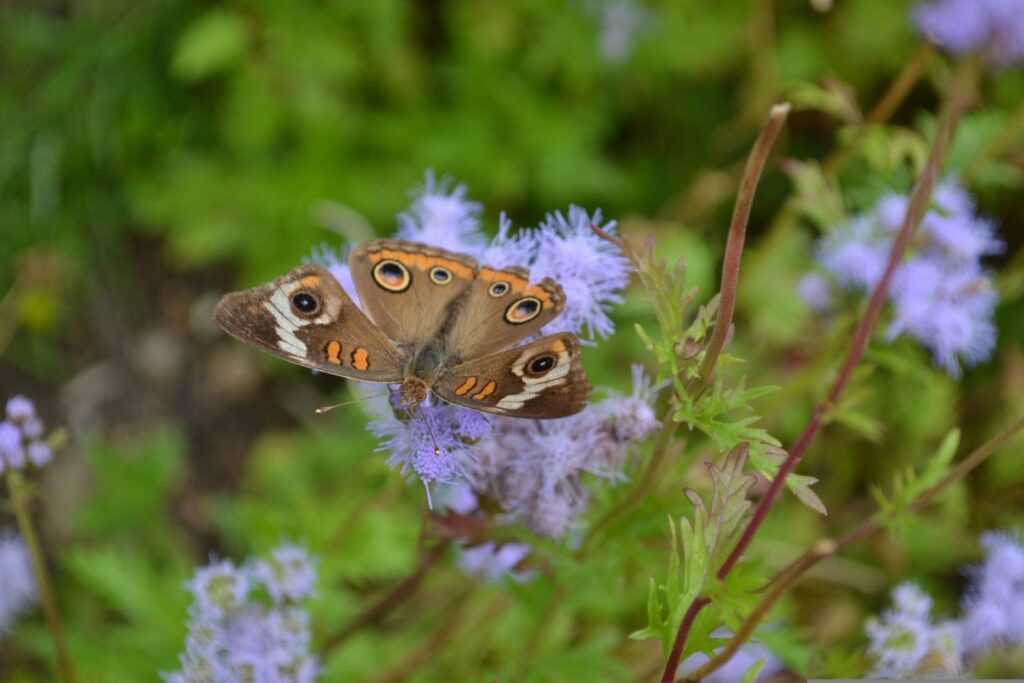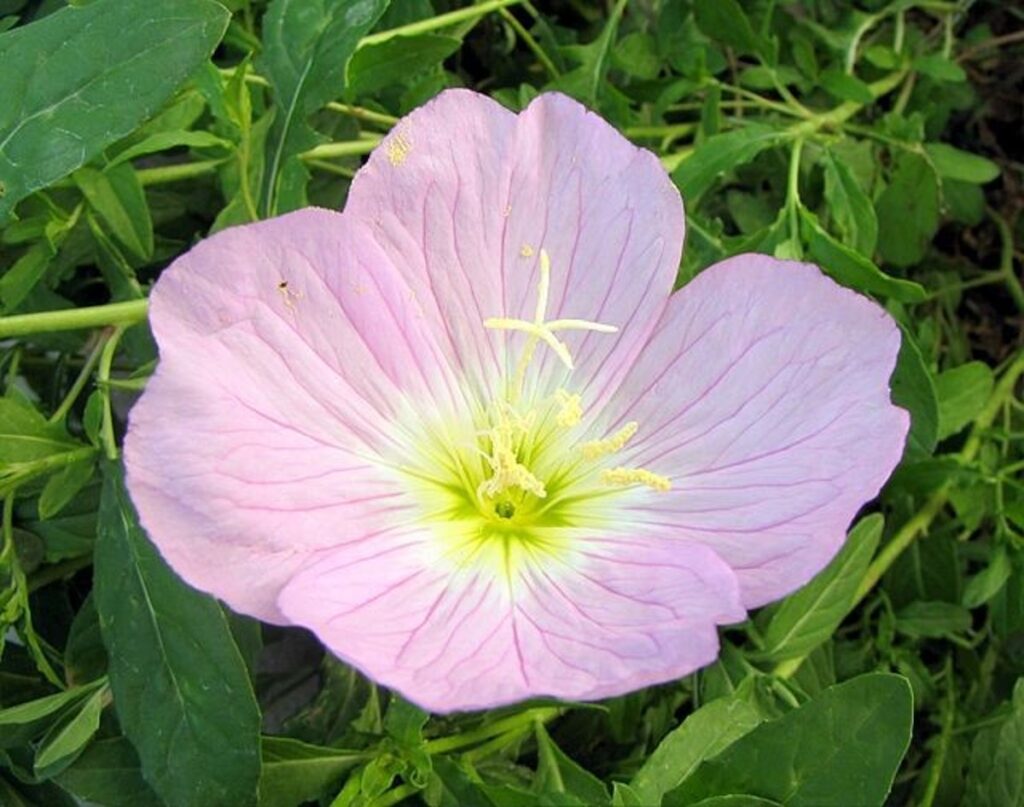by Joseph Colbert, JIA Wildlife Biologist & Yank Moore, JIA Natural Resources Manager
This winter, the JIA Conservation and Landscape Departments will be planting vegetation along a section of the Jekyll Island Causeway between the entrance towers and the first bridge with native flowers and grasses. This project represents a unique opportunity to meet some important stewardship objectives for conservation on Jekyll Island.
One of those efforts is to provide pollinators like bees, butterflies, and lovebugs, enhanced access to pollen year-round through the planting of preferred native plant food sources. Flowers and grasses have been methodically selected so they are native to Georgia and bloom spring, summer, fall, and even during the warmest parts of winter, to maximize their wildlife value. This ensures that resident insects, like bees, and seasonal migratory insects, like butterflies, have access to much-needed flowers that support their survival and journeys. The insects also provide their own benefit to the plant life by helping to spread pollen so the plants can subsequently produce seeds and replenish over time. The benefits of well-fed insects travel up the food chain for any bug-eating species that call the causeway home, including bats, birds, and lizards.
In addition to increasing the pollinator diversity along the causeway, this project will also amplify the magnificent six-mile drive for visitors and residents as they make their way on and off the island. Several Georgia-native plant species will welcome travelers—blue mistflower, showy primrose, purple lovegrass, brown-eyed susans, smooth aster, blanket flower, spotted bee balm, and blazing star are just some of the species that will make up the seed mix and contribute to the array of colors, from blues, to yellows, to lavenders, sprinkled along the causeway shoulder.
This project affirms the Jekyll Island Authority’s mission of responsible preservation, maintenance, and care of wildlife diversity, and thanks to the contribution of a generous donor to the Jekyll Island Foundation, it can be fulfilled in time for the arrival of spring. Not only will this contribution be celebrated through the welcoming sign of blooming flowers, but it will be appreciated beyond measure by the wildlife relying on it.
To contribute to the care of wildlife diversity and conservation efforts on Jekyll Island, click HERE.

